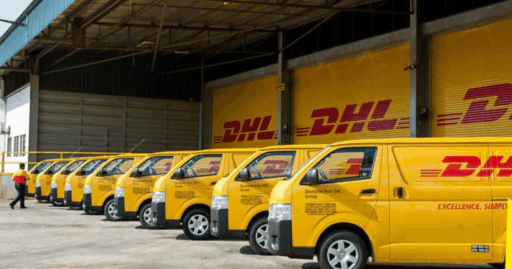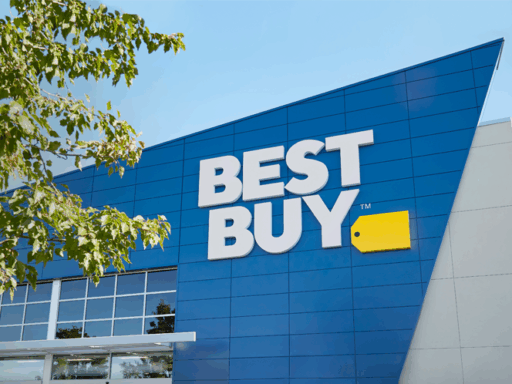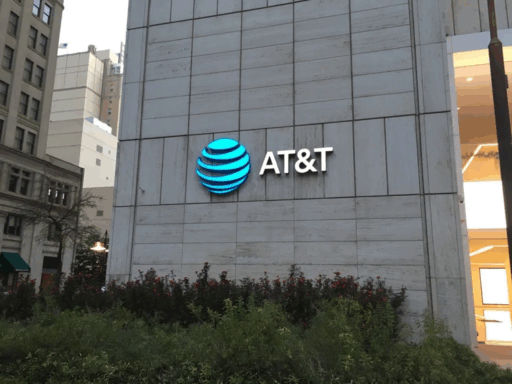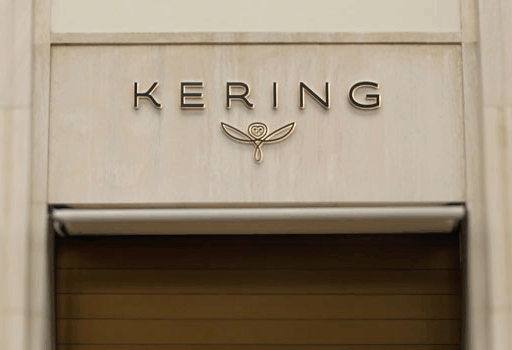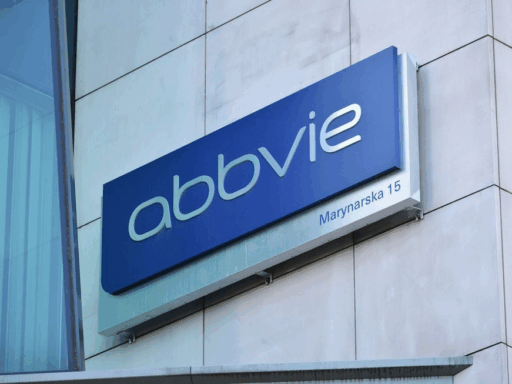As one of the world’s largest logistics companies, DHL is uniquely positioned to drive meaningful change in the global supply chain landscape. With a reach that spans across 220 countries and territories, DHL has embraced sustainability as a core value to tackle the growing challenges of climate change, resource depletion, and global inequities. The company’s sustainability journey is centered around its “GoGreen” initiative, which aims to significantly reduce the environmental impact of its operations, with an emphasis on net-zero emissions, sustainable logistics, and circular economy principles.
In its most recent 2023 sustainability report, DHL outlined its commitment to creating a more sustainable and resilient supply chain that not only benefits the environment but also its employees, customers, and the communities in which it operates.
Sustainability Strategy and Goals
DHL’s sustainability framework is built on a holistic approach that integrates environmental, social, and governance (ESG) factors into its operations. The company’s strategy aligns with international climate frameworks such as the Paris Agreement and the Science-Based Targets initiative (SBTi).
Net Zero and Carbon Emissions
DHL’s overarching sustainability goal is to achieve net-zero emissions by 2050. The company has outlined a clear roadmap for reducing its greenhouse gas (GHG) emissions, with interim 2030 targets and annual progress monitoring. Specific targets include:
- 50% reduction in GHG emissions from its global operations by 2030 (compared to 2020 levels)
- Zero-emissions vehicles in its last-mile delivery fleet by 2030
- Reducing Scope 1 and 2 emissions (direct emissions from owned facilities and vehicles) by 55% by 2030
As of 2023, DHL has made significant strides toward its targets, with more than 20% of its fleet now using electric vehicles (EVs) for last-mile delivery.
Sustainable Logistics and Green Fleet
DHL has invested heavily in green technologies, ranging from electric delivery vans to alternative fuel technologies for long-haul transport. Its focus on creating a sustainable logistics network involves several key initiatives:
- Electric delivery vehicles: DHL’s fleet of electric delivery vans grew by 30% in 2023, and the company aims for 50% of its last-mile fleet to be electric by 2025.
- Biofuels and renewable energy: DHL has implemented sustainable biofuels for air transport and adopted renewable energy in its warehouses, distribution centers, and transportation networks. By 2025, 80% of the company’s energy consumption will come from renewable sources.
- Sustainable packaging: The company is committed to using 100% recyclable or reusable packaging for all its logistics operations by 2030.
Water Stewardship
DHL has also implemented several water-efficient systems in its global network, particularly in regions prone to water scarcity. The company’s commitment includes:
- Water conservation programs in warehouses and sorting centers
- Rainwater harvesting and the use of closed-loop cooling systems in key facilities
- Reduction of water usage per unit of volume handled by 15% by 2025
Circular Economy and Waste Reduction
DHL is focused on integrating circular economy principles into its operations, ensuring that materials, products, and resources are kept in use for as long as possible. Its waste reduction strategy includes:
- Sustainable packaging solutions: DHL’s packaging innovations include the use of recycled materials and biodegradable packaging for shipments.
- Electronics recycling: DHL offers electronics waste management services, helping customers recycle and repurpose old devices.
- Zero-waste facilities: The company is working towards making 100% of its warehouses and operations zero-waste certified by 2025.
Measurable Impacts
DHL’s sustainability journey is guided by rigorous metrics that track its progress toward its climate and social goals. Below are key achievements and progress points for 2023:
| Category | Target | Status (2023) |
|---|---|---|
| CO₂ Emissions Reduction | 50% reduction by 2030 | 20% reduction (from 2020 levels) |
| Electric Fleet | 50% electric vehicles by 2025 | 20% electric fleet (2023) |
| Renewable Energy Usage | 80% of energy from renewables by 2025 | 50% of energy from renewables |
| Packaging Sustainability | 100% recyclable packaging by 2030 | 65% recyclable packaging (2023) |
| Zero-Waste Certification | 100% zero-waste certified facilities by 2025 | 40% of facilities certified |
| Employee Well-being Programs | Increase employee engagement by 10% annually | 5% year-over-year increase |
Challenges and Areas for Improvement
While DHL has made considerable progress, the company faces some notable challenges in its sustainability journey:
- Scope 3 emissions: Like many large corporations, Scope 3 emissions—those from suppliers and customer product use—represent the largest share of DHL’s carbon footprint. These emissions account for 70% of its total GHG emissions, and addressing them requires a significant effort to collaborate with suppliers, customers, and partners on emission reduction strategies.
- Circularity at scale: Despite efforts to improve packaging and promote recycling, scaling circular practices across its entire global operation remains a challenge. Implementing a fully circular system, particularly in areas like electronics and logistics infrastructure, is complex and requires collaboration with multiple stakeholders.
- Water conservation: While DHL has made strides in reducing water usage, scaling water conservation programs to meet the growing demands of the logistics industry is an ongoing challenge, especially in areas where water scarcity is a growing issue.
Future Plans and Long-Term Goals
DHL’s sustainability vision is both ambitious and actionable, with clear milestones to guide its progress over the next decade:
- Electrification of the fleet: By 2025, 50% of DHL’s fleet will be electric, with a complete transition to zero-emission vehicles for last-mile delivery by 2030.
- Renewable energy: DHL plans to achieve 100% renewable energy across its operations by 2030, with an immediate focus on scaling renewable energy use in warehouses, sorting centers, and transportation networks.
- Carbon-neutral logistics services: DHL is developing carbon-neutral service options for customers, enabling them to offset the emissions from their logistics activities through carbon credits and renewable energy investments.
- Circularity in packaging and materials: By 2030, DHL aims to ensure that 100% of packaging materials used in its services are recyclable, reusable, or biodegradable.
Competitor Comparisons
| Company | Net Zero Target | Electric Fleet Goal | Renewable Energy Commitment | Scope 3 Emissions Reduction |
|---|---|---|---|---|
| DHL | 2050 | 50% by 2025 | 80% by 2025 | Focus on customer emissions |
| FedEx | 2040 | 50% by 2040 | 100% by 2040 | Focus on carbon offsetting |
| UPS | 2050 | 50% by 2035 | 25% by 2025 | Developing Scope 3 strategies |
DHL’s ambitious goals to electrify its fleet and use renewable energy position it as a leader in the logistics industry. However, like FedEx and UPS, the company will need to innovate in addressing Scope 3 emissions, the largest contributor to its carbon footprint.
DHL’s sustainability initiatives highlight the company’s commitment to leadership in green logistics. From electric vehicles and carbon-neutral shipping options to its commitment to circularity and sustainable energy, DHL is setting the stage for a new era of sustainable logistics. However, challenges around Scope 3 emissions and scaling circularity remain, and the company must continue to innovate to meet its bold 2050 goals. That said, DHL’s proactive steps—alongside its deep influence in the global supply chain—make it a key player in driving the future of sustainable logistics.
Sources
- DHL Sustainability Report 2023: https://www.dhl.com/global-en/home/about_us/sustainability.html
- Science-Based Targets Initiative (SBTi): https://sciencebasedtargets.org
- CDP Supply Chain Program: https://www.cdp.net/en/companies-disclosers/supply-chain
- UPS Sustainability Report 2023: https://www.sustainability.ups.com
- FedEx Environmental Sustainability: https://www.fedex.com/en-us/about/sustainability.html

